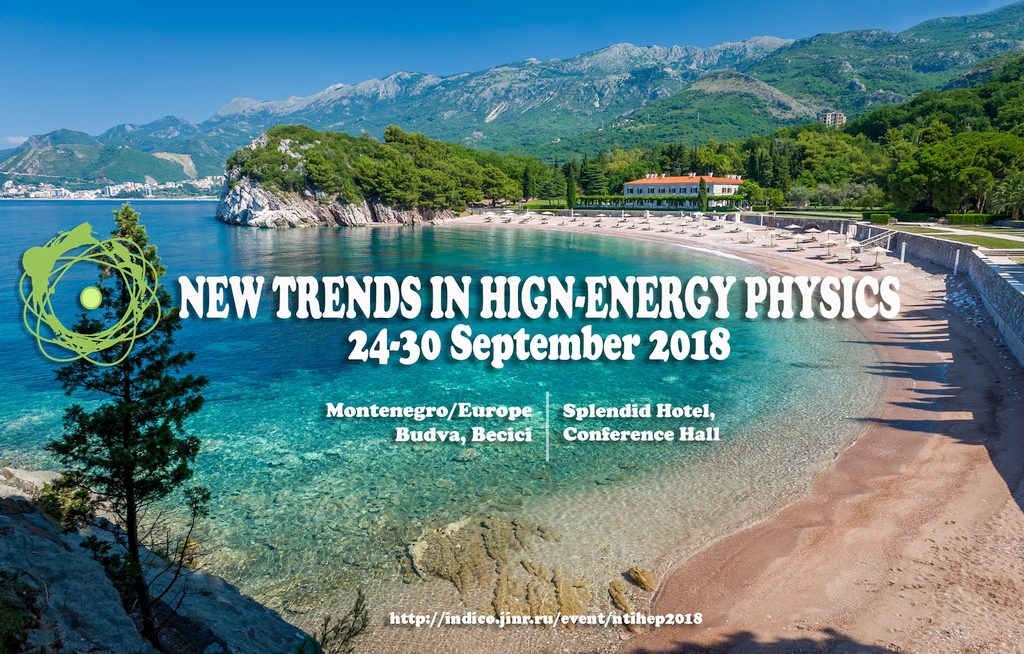Daniel Cervenkov
(Charles University Prague)
The Belle II experiment is a substantial upgrade of Belle detector and will operate at the SuperKEKB energy-asymmetric $e^+e^-$ collider. The accelerator has successfully completed the second phase of commissioning; with the first collisions in April 2018. The design luminosity of $8 \times 10^{35}$ cm$^{-2}$s$^{-1}$ and the Belle II experiment aims to record 50 ab$^{-1}$ of data, a factor of 50 more than the Belle experiment. This large data set will be accumulated with low backgrounds and high trigger efficiencies in a clean $e^+e^-$ environment; it will allow to probe New Physics scales that are well beyond the reach of direct production at the LHC and will complement the searches through indirect effects that are currently ongoing or planned. This talk will review the detector upgrade, present results obtained from the first collision data analysis and overview the prospects for the data taking planned to start early 2019.
Summary
SuperKEKB energy-asymmetric $e^+e^-$ collider. The accelerator has successfully completed the second phase of commissioning; with the first collisions in April 2018. The design luminosity of $8 \times 10^{35}$ cm$^{-2}$s$^{-1}$ and the Belle II experiment aims to record 50 ab$^{-1}$ of data, a factor of 50 more than the Belle experiment. This large data set will be accumulated with low backgrounds and high trigger efficiencies in a clean $e^+e^-$ environment; it will allow to probe New Physics scales that are well beyond the reach of direct production at the LHC and will complement the searches through indirect effects that are currently ongoing or planned. This talk will review the detector upgrade, present results obtained from the first collision data analysis and overview the prospects for the data taking planned to start early 2019.

